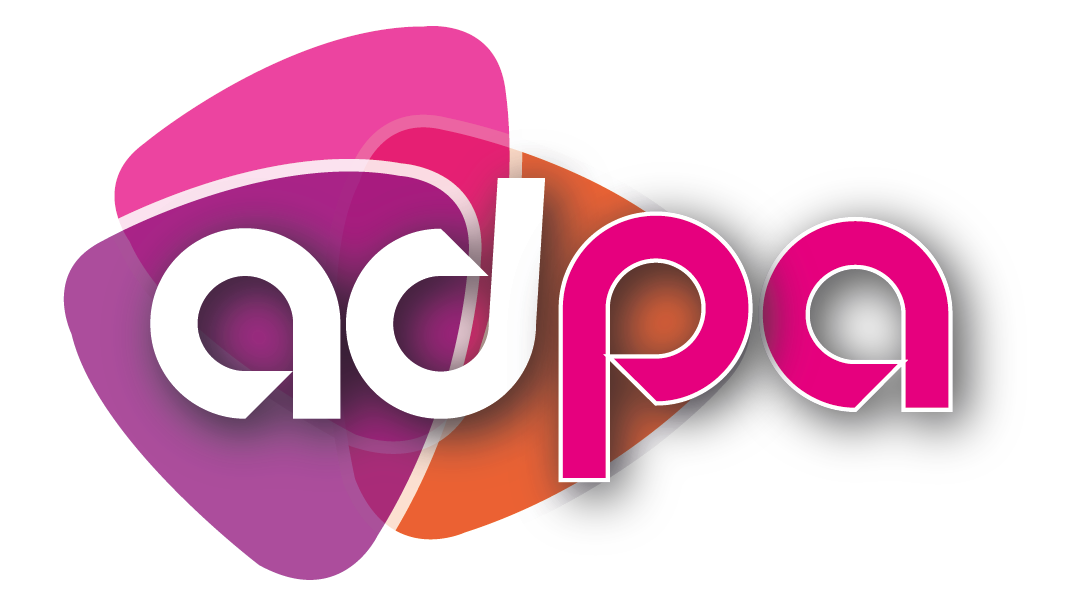Effective cash flow management is essential for any business’s financial stability and success. Bookkeeping and credit control are two vital components of managing cash flow, as they help companies to track their income and expenses and ensure timely payments from customers. This guide will discuss how bookkeeping and credit control can be used to manage cash flow effectively and some tips for implementing these strategies in your business.
1. Bookkeeping:
Bookkeeping is systematically recording and tracking a business’s financial transactions. It provides valuable insights into a business’s financial health and helps make informed decisions. Here are some ways bookkeeping can help in managing cash flow:
-
Tracking Income and Expenses:
Bookkeeping involves recording a business’s income and expenses, which gives a clear picture of the cash flow. This helps identify areas where expenses can be cut, and focus on increasing revenue.
-
Creating Budgets:
With accurate data about income and expenses, bookkeeping enables businesses to create budgets and allocate funds for different costs. This allows for better cash flow management and ensures enough funds to cover expenses.
-
Monitoring Accounts Receivable and Payable:
Bookkeeping also involves monitoring accounts receivable (money owed by customers) and accounts payable (money owed to suppliers). This helps identify any delays in payments and address them promptly, which is crucial for maintaining a healthy cash flow.
2. Credit Control:
Credit control is the process of managing and collecting payments from customers. Businesses must have an effective credit control system in place to ensure timely payments and maintain a positive cash flow. Here are some ways credit control can help in managing cash flow:
-
Setting Clear Payment Policies:
Having clear payment terms and policies for customers helps avoid payment delays and sets expectations from the beginning. This can include setting credit limits, due dates, and penalties for late payments.
-
Regularly Following Up on Payments:
Timely follow-ups and payment reminders are crucial for maintaining a healthy cash flow. It is essential to have a system for regular communication with customers and reminding them about their due payments.
-
Offering Incentives for Early Payments:
Many businesses offer incentives such as discounts for early payments to encourage customers to pay on time. This helps maintain a positive cash flow and builds customer loyalty.
3. Tips for Implementing Bookkeeping and Credit Control:
Now that we have discussed the importance of bookkeeping and credit control in managing cash flow, here are some tips for implementing these strategies in your business:
-
Use Cloud-based Bookkeeping Software:
Cloud-based bookkeeping software makes bookkeeping tasks more efficient and less time-consuming. It also provides real-time insights into cash flow, allowing for better decision-making.
-
Set Up Automated Reminders:
Setting up automated payment reminders ensures that customers are regularly reminded about their due payments. This saves time and effort spent on manually sending reminders and improves the chances of timely payments.
-
Offer Multiple Payment Options:
Multiple payment options, such as credit cards, online payments, and checks, can make it easier for customers to pay on time. This also reduces the chances of delayed payments due to payment preferences.
Conclusion:
In conclusion, bookkeeping and credit control are essential for managing cash flow effectively in any business. Companies can ensure a positive cash flow and maintain financial stability by carefully tracking income and expenses, monitoring accounts receivable and payable, and implementing a robust credit control system. It is crucial to consistently review and update these strategies to adapt to changing business needs. By following the tips mentioned above and staying on top of bookkeeping and credit control, businesses can successfully manage their cash flow and achieve long-term success.


 London
London